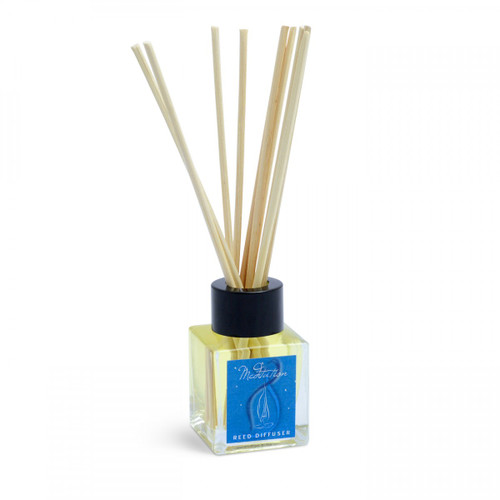This serene Buddha statue with meditation mudra can be placed around the house and used to bring good energy into your home, or as Feng Shui house protection.
Size of Buddha: Approximately 8cm
Made From: Polyresin
Please Note: Due to the pouring process of the polyresin, occasionally small holes may appear in this item.
More About the Symbol of the Buddha
Buddha means "awakened one" or "the enlightened one". The Buddha began life in the 6th century BC as Siddhartha Gautama, the son of a tribal leader, in an area that is now probably Nepal. From this privileged position, he began to wonder about the meaning of life and death and of growing old. It is said that one day he met a sadhu, (a holy man), who had given up all material possessions to go forth in search of truth. This must have been a major factor in inspiring Siddharta, at 29, to leave behind his comfortable life - and his wife and child - in order to find the truth.
He went in search of teachers, illuminated ones who could give him the knowledge he sought. He would absorb their teachings and then move on, valuing what he had learned but always feeling that there was something more, something that he was missing. For years he practised a programme of austerities, which in many ways amount to self-torture, during which he became weaker and weaker through long periods of fasting. He began to accumulate disciples, impressed by his great feats of asceticism. Eventually he realised that his austerities were not bringing him any closer to the truth, and he began to eat again. After nearly killing himself through lack of food the Buddha realised there was a middle way between deprivation and indulgence.
Six years after leaving his home and family, he came to a place now known as Buddha Gaya, and stopped under a tree by a river. He started to relax his whole being, and stopped pushing so hard for the truth. Through meditation, he plunged deeper and deeper into his super-consciousness. After 49 days under the tree it is said he attained enlightenment where he understood the root of all suffering and also what steps were needed to end suffering.
To wear, carry or have around you symbols of the Buddha reminds us that total peace and bliss are possible. It reminds us of the words that hint at what enlightenment feels like: illumination, knowing, peace, calm, clarity, wisdom, profound love, and bliss.
UK Royal Mail Tracked 48 – Flat charge £3.50, or free on orders over £40
Order by 3pm Monday - Friday (excluding public holidays) for same day dispatch. Delivery after dispatch is 2-3 working days.
UK Royal Mail Tracked 24 – Flat charge £4.70, or £1.70 on orders over £40
Order by 3pm Monday - Friday (excluding public holidays) for same day dispatch. Delivery after dispatch is 1-2 working days.
UK Special Delivery Royal Mail by 1pm next working day – from £9.80
Order by 3pm Monday - Friday (excluding public holidays) for same day dispatch. No delivery at weekends or bank holidays, orders dispatched on Friday will be delivered on Monday. A signature is required. The exact price is based upon the weight of items in the basket.
INTERNATIONAL DELIVERY
Choose between Royal Mail post (cheaper and slower) or DHL (more expensive and faster).
• Royal Mail to Europe 3-6 working days after dispatch - from £4.20 (2 kg max.)
• DHL to Europe from 1-2 days after dispatch - from £19.96.
• Royal Mail to Outside Europe 6-10 working days after dispatch - from £6.48 (2 kg max.)
• DHL to Outside Europe from 1-2 days after dispatch - from £25.00.
Order by 3pm for Royal Mail and 12 midday (Monday – Friday) for DHL, for dispatch on that
day (Excludes public holidays). Exact price and transit time based on combination of
destination and weight of parcel.
RETURNS INFORMATION
We accept returns of unopened / unused products within 60 days, please refer to our FAQ page for more information on this.
3 Reviews Hide Reviews Show Reviews
-
Mini Buddhas
Excellent service and lovely little Buddhas with detail. I really love them!
-
Beautiful mini budhas
Absolutely beautiful mini budhas, love them. Nicely packed. Thankyou
-
Love my little Buddhas
First class service, from ordering to confirmation and delivery, packaged really well and arrived within two days of ordering... Love my little Buddhas, Thank you.









